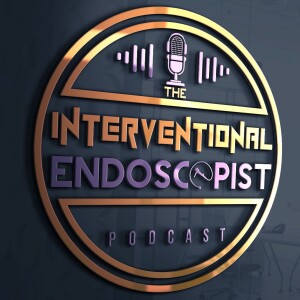
4 days ago
Episode 38: The one where I speak to Jeremy Starkweather and Jason Ylizarde, co-creators of the Dragonfly Cholangioscope
This conversation traces Dragonfly from an idea “in the back of a cab” to a clinically focused cholangioscopy platform that rotates through the biopsy channel for predictable, millimeter-level control. We delve into the mechanics (≈1.7 mm channel supporting 1.5 mm forceps and 4.5 Fr EHL), exploring how the catheter’s suppleness and internal rigidity enhance distal duct stability and device passability, and why micro-movements and neutral ergonomics are crucial for case efficiency.
We map where cholangioscopy shifts the algorithm—medium/large stones, altered anatomy, tight distal duct work, and stricture evaluation with larger bites—and talk learning curve (~3–5 cases), setup tips, and the Medtronic distribution partnership. Finally: adoption math, fair-use evaluations despite contracting realities, and a look toward accessory innovation and AI-aided visualization.
Key takeaways
-
Rotation-first control → faster targeting, less wall fighting, better stability in tight anatomy.
-
Larger working channel enables bigger biopsies and higher-energy lithotripsy.
-
Aim for complete fragmentation in session one; repeat procedures should be the exception.
-
Ergonomics: neutral hand position and micro-movements reduce fatigue.
-
Practical adoption requires training support and a fair, multi-case evaluation window.
Links
Dragonfly Endoscopy: https://dragonflyendoscopy.com
No comments yet. Be the first to say something!